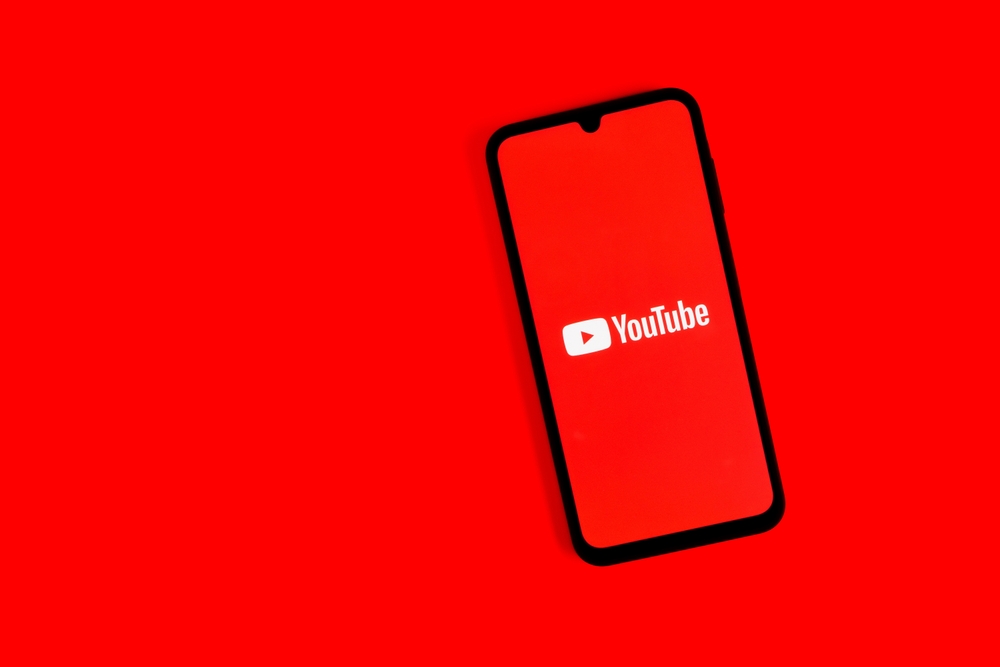
In a digital landscape where viral sensations and YouTube millionaires capture headlines, a groundbreaking study from the University of Massachusetts at Amherst, conducted by researcher Yun Sun Park in collaboration with the BBC, offers a sobering glimpse into the actual reality of Content Creators YouTube performance.
These findings provide essential context for developing realistic strategies and expectations for businesses and content creators navigating the platform's potential for marketing and engagement.
The research reveals several eye-opening statistics that challenge common perceptions about YouTube's success:
These figures stand in stark contrast to the platform's most visible success stories. While we routinely hear about channels with millions of subscribers and videos accumulating views in the tens of millions, the study confirms that these represent a minuscule fraction of YouTube's vast content universe.
The research also identified several interesting patterns in how content is created and presented:
These statistics suggest that a significant portion of YouTube content is casual, unpolished, and created without strategic engagement goals in mind. This presents both challenges and opportunities for businesses looking to distinguish themselves on the platform.
Perhaps unsurprisingly, English remains the dominant language on YouTube, but the linguistic diversity is substantial:
This language distribution reflects YouTube's global reach and suggests opportunities for multilingual content strategies, particularly for businesses with international ambitions or multicultural target audiences.
For companies considering YouTube as part of their marketing mix, these findings offer several valuable insights:
With less than 40% of videos showing signs of editing and fewer than 20% featuring high-quality audio, there's a clear opportunity for Content Creators to stand out simply by investing in production quality. Professional editing, clear audio, and thoughtful composition can immediately distinguish your content from the vast majority of videos on the platform.
The finding that fewer than 4% of videos include calls to action highlights a missed opportunity that businesses can easily capitalise on. Simply including clear, compelling CTAs can set your content apart and drive measurable results from your YouTube presence.
Perhaps the most important takeaway is the need for realistic expectations. The average of 41 views per video should inform how Content Creators measure success on the platform. Rather than chasing viral hits, a more sustainable approach focuses on building a loyal audience over time through consistent, quality content that serves your specific audience's needs.
While initial view counts may be modest, YouTube's evergreen nature means that valuable content can continue to accumulate views and drive results for years. This "long tail" effect can make YouTube content a valuable long-term asset, even without immediate viral success.
Given these research insights, here are tactical approaches businesses can adopt to maximise their YouTube effectiveness:
Rather than rushing to publish frequent, unpolished videos, focus resources on fewer, higher-quality productions. Professional lighting, clear audio, thoughtful editing, and compelling thumbnails can dramatically improve performance.
With most videos receiving modest view counts, being discoverable through search becomes crucial. Research relevant keywords, craft descriptive titles, write detailed descriptions, and use appropriate tags to ensure your content reaches interested viewers.
Respond to comments, ask questions, and create opportunities for viewers to interact with your content. This engagement not only builds loyalty but also signals value to YouTube's recommendation algorithm. Learn how FourDotPay can help you Beat the Algorithms.
Rather than fixating on raw view counts, monitor metrics that align with business objectives, such as watch time, subscriber conversion rates, click-through rates on CTAs, and direct traffic to your website from YouTube sources.
The UMass Amherst/BBC research offers a valuable reality check for businesses approaching YouTube marketing. Rather than being discouraged by the modest average view counts, savvy marketers can see these statistics as revealing a landscape of opportunity where quality, strategy, and consistency can yield substantial competitive advantages.
By understanding the platform's true dynamics and setting appropriate expectations, businesses can develop YouTube strategies that deliver realistic, sustainable value without chasing the often elusive viral success that dominates headlines but represents only a tiny fraction of the platform's content.
For companies willing to invest in quality production, strategic optimisation, and consistent engagement, YouTube remains a powerful channel for building brand awareness, establishing authority, and connecting with targeted audiences – even if those connections happen hundreds or thousands of times rather than millions.
Get the FourDotPay Creator Economy Guide to help you build your business.
This blog post was prepared by FourDotPay based on research conducted by Yun Sun Park at the University of Massachusetts at Amherst in collaboration with the BBC. (Learn more)